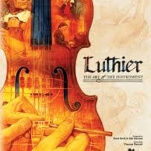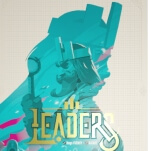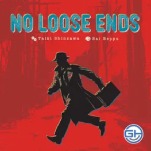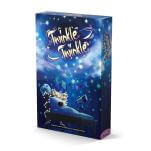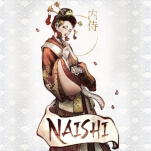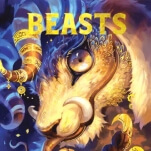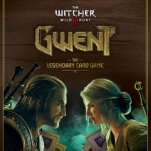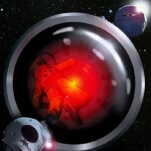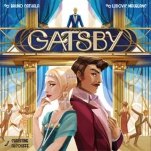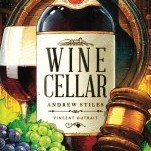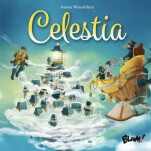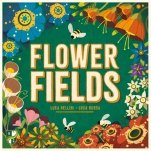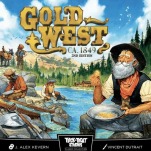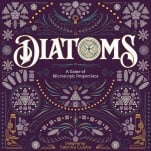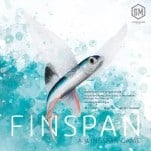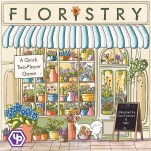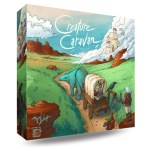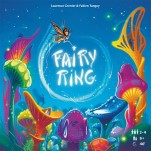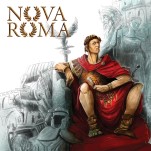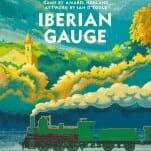Riftbound: League of Legends TCG’s Origins Set Is A Strong Opening Play

It’s no secret that trading card games (TCGs) are having a bit of a moment, even if that popularity has proven to be a double-edged sword. On the one hand, there’s no shortage of games to play, whether it’s relative newcomers like Disney Lorcana and One Piece Card Game, or old standbys like Magic: The Gathering (MTG) and Pokémon TCG.
However, this increased interest in the space following the pandemic has also sparked a collector’s gold rush that scalpers have pounced on, as these vultures elbow their way through crowds to snatch up Mega Evolution booster packs out of the hands of literal children. It’s not a good time.
Entering this all-out melee is Riftbound, a League of Legends-themed TCG from Riot Games that aims to bring the world of Runeterra to tabletops with its inaugural set, Origins. Thankfully, it largely makes that transition gracefully. While there are a few design kinks to work out and an all-too-familiar supply shortage that’s giving initial adopters headaches, it finds its own niche thanks to delivering engaging three-to-four player free-for-alls and a unique focus on strategic positioning.
To place Riftbound in a broader context, it has many similarities with Magic: The Gathering: you play cards that can be units, spells, or gear (which are kind of like artifacts) by tapping energy cards (in this case called Runes). Units fight battles against an opponent’s units, can be targeted by spells, and so on. There are tons of keywords, many of which are fairly analogous to MTG terms, such as Accelerate, which lets units enter play readied just like Magic’s Haste keyword.
However, there is one crucial difference that distinguishes Riftbound from its elders. Here, instead of attacking your opponent’s health bar, you’re trying to score points by capturing and holding battlefields. Essentially, a match will have two to three battlefields, depending on the number of players, and you score by conquering a battlefield (moving units to an empty battlefield or having the last units standing after a battle) or by holding a battlefield until the start of your turn. The first person to score eight points wins, with the caveat that the final point needs to be scored by conquering a battlefield or by capturing all three.
This focus on battlefields is Riftbound’s defining feature, resulting in tactical struggles that provide ample room for decision-making. Do you choose to spread out your forces for quick points at risk of losing them when your foes counterattack? Or do you put all your eggs in one basket, shoring up an army on a single battlefield to consistently earn passive points at risk of losing all your units in one go? There is no clear answer, and you’ll inevitably shift between these two extremes during the ebb and flow of the match, as opponents trade spells to try and come out on top of a showdown.
Beyond granting the game a unique, strategic undercurrent that’s reminiscent of board games, the other main result of this point-based structure is that it makes three and four-player matches dramatically more engaging than what’s found in most of its peers. To pick on Magic: The Gathering for a bit, anyone who has played three or four-person free-for-alls in that game knows how miserable it can be to become the punching bag singled out by your opponents, as you get ganged up on, demolished, and knocked out of the contest to doomscroll on your phone for the next fifteen to twenty minutes.
By contrast, because Riftbound is point-based, there aren’t any early knockouts, and everyone is in it until the end. As a result, alliances shift as opponents fight over territory, resulting in cease-fires and backstabs as players approach the eight-point mark. It all makes it dramatically more enjoyable to play with multiple players than what’s found in most other TCGs.
Outside of this central strength, Riftbound has quite a few other boons. Its energy system is simple but fairly clever. Unlike old-man MTG and its land system that can deliver arbitrary wins and losses based on who gets mana locked or flooded (when you draw too many or too few lands, which are needed to play spells), this game has both players steadily drawing two Rune cards per turn. While this design choice risks overhomogenizing the experience and limiting the differences between decks, there are a few twists that spice things up.
-

-

-

-

-

-

-

-

-

-

-

-

-

-

-

-

-

-

-

-

-

-

-

-

-

-

-

-

-


